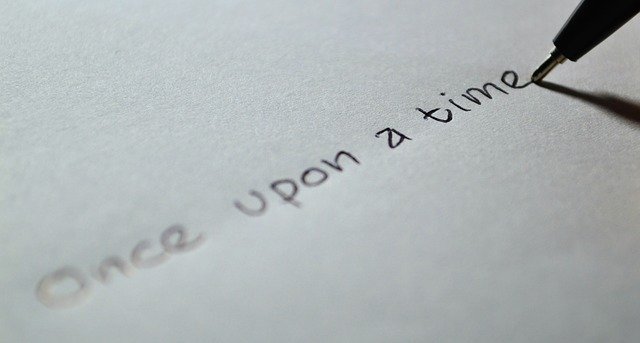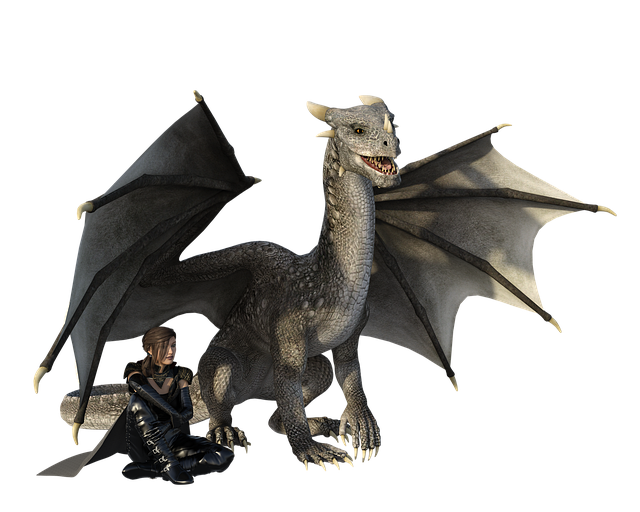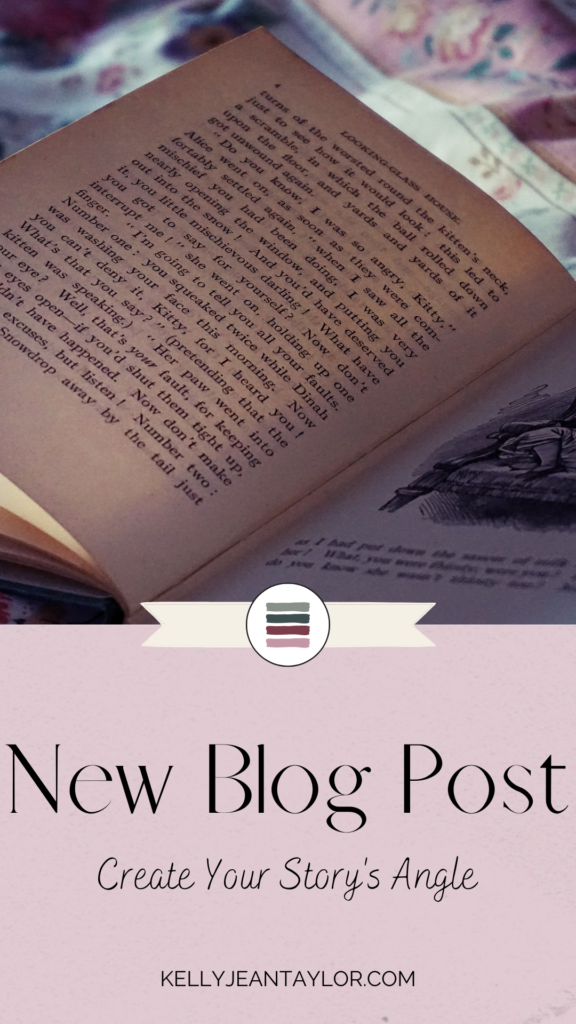
Create Your Story’s Angle
Have you ever sat down with a fantastic story idea, only to find that someone else had already written a similar story? Your enthusiasm is shot, the excitement you once had – deflated, and you being too wallow in self pity because your idea is never going to pan out. Well, never fear because this is where your story’s angle comes in.
Difference between Story Theme, Topic, and Angle
Since we are talking about your story’s angle, let get some similar words and their meanings out of the way, just so there is no confusion.

Theme – This is the main meaning or reason behind the work, not necessarily put into words, but conveyed through perception of the writing to the reader.
Topic – This is the subject of the writing and explains what the story is about. Generally this is written out within the writing as in an essay.
Angle – This is one of the many directions you could take your story that are each different from one another. A different perspective, a different path, etc.
Here is an analogy for you: You have a tree – large rough bark, tall as a mountain (Theme), each branch growing in different directions (Topics/sub-topics), and the smooth leaves of every size (angles). Each leaf is it’s own angle broken down from the main tree for you to discover and work with.
Importance of a Story Angle
Your story’s angle gives you an edge above the rest of the stories written out there because yours is nothing like the ones already published. It may have similarities, yes, but you found a way to make it all your own. It also generates engagement with your readers, holding their attention during the twists and turns of the tale you’re writing.
For example, fairy tales are great for this, we all know them and have read almost all or all of them as children, but writing a fairy tale from the villain’s or even a secondary character‘s perspective is providing an angle that creates a completely different story altogether.
How to Find a Story Angle
There are a couple different ways you can go about finding a unique angle for your story. Let’s take a look at them below.

Breakdown Method
Step 1: Big Picture
Identify the big picture item of your within your writing. What is the overarching subject? The main topic? Once you’ve figured that out, you can move onto step 2.
Step 2: Sub-topics
Break that big picture item down into as many sub-items/topics as you can. You can have many or just a few, but be sure you can break it down into smaller bits so you can find your unique angle.
Step 3: Final Level
Break those sub-topics down even further if you can. If you can’t then move forward with this next step. The more you can break down, the better. It will give you the uniqueness you’re looking for to provide a fantastic spin to your story.
Step 4: Choose and Use
Once you’ve broken your topics down as far as you can, now is the time to choose the one you like the best and use it for your writing. Remember, you are looking for something that will entertain, enthrall, even surprise your readers. Give them something they will need to find the answers too, solve the mystery of, or provide wonder for in your story. Your readers need something to keep them turning pages and this will help.
Research
Web Search
When you are searching for a new angle, there is no better place to search than on the web. Do a quick web search on your topic or books with similar story lines to see what’s already out there. You don’t have to reach each book to get their point of view, but it wouldn’t hurt. That way you can put your talent to work and find a way to tell a similar story with a completely different angle.
Make a list of the books you’ve searched, their angles, topics and any other information you feel you might need. Then use that to come up with your own angle. Use ‘what if’ questions to help you here. You never know what you’ll find and that’s a great thing.
Look for Similarities to Find Differences
Within your research, keep an eye out for similarities that can help you along the way. Ask questions. Within these similarities within other stories, is there something that keeps eating at you? Perhaps the villains point of view or one from a side character. Or perhaps the journey of the object in question. What angle can you provide that others have not. You never know what’s not out there until you know what is.
Add a New Niche
Many authors and writers have a niche that they follow, some may venture off occasionally, but tend to stay within that niche most of the time. Romance, Sci-Fi, Horror, etc. and we’ve all heard of the breakdowns: Paranormal Romance, Dystopian Sci-Fi, Comedic Horror, but could you take that even further? Think about it and see what you can find by switching or adding a niche to your already established one.
Dig Deeper
Digging deeper means finding the stories within the stories, the small side stories that can accompany your main topic. This gives the whole story a sense of completion and more for your readers to enjoy as long as they don’t take over your main story. Uncover the small details of your story and your readers will love you for it.
Yourself
You are the maker of your stories and most put some aspect of themselves within the story already, but have you ever thought to look within yourself, your history, events and lifestyle to find what you’re looking for.
Experience and Perspective
Authors tend to put a piece of themselves within their stories as a way way to be unique and keep the story a part of themselves.
What experiences and personal perspective could you use that couldn’t possibly be used in another story. Everyone’s lives are different and go through events in their own way. Use those to your advantage within your story.
Look Behind
One of the few times this will be suggested, but it could come in handy to find the perfect angle for your story. Look to your past for things you can use. Something you did as a child; a brief interest, a quirk, or a ‘faze’ as us parents like to call them that you can expand upon?
Remember and use what you know and have experience with.
Objects and Keepsakes
Objects, collectables, and keepsakes hold their own stories, meanings and reasons for keeping them nearby. What objects have you kept for years, those that you argue about getting rid of and insist on keeping. What’s the story behind them? How can you use that within your story?
Final Thoughts

Finding an angle for your story might not be easy, but the benefits are exceptional when you’re able to create a story with a uniqueness all it’s own that readers will love and want more of.
Use those items listed above to help you out and perhaps you will find an angle as you’re working through using a completely different method. Share it below for others to use in their quest to find a unique angle for their story.
Write all the words and have fun!








